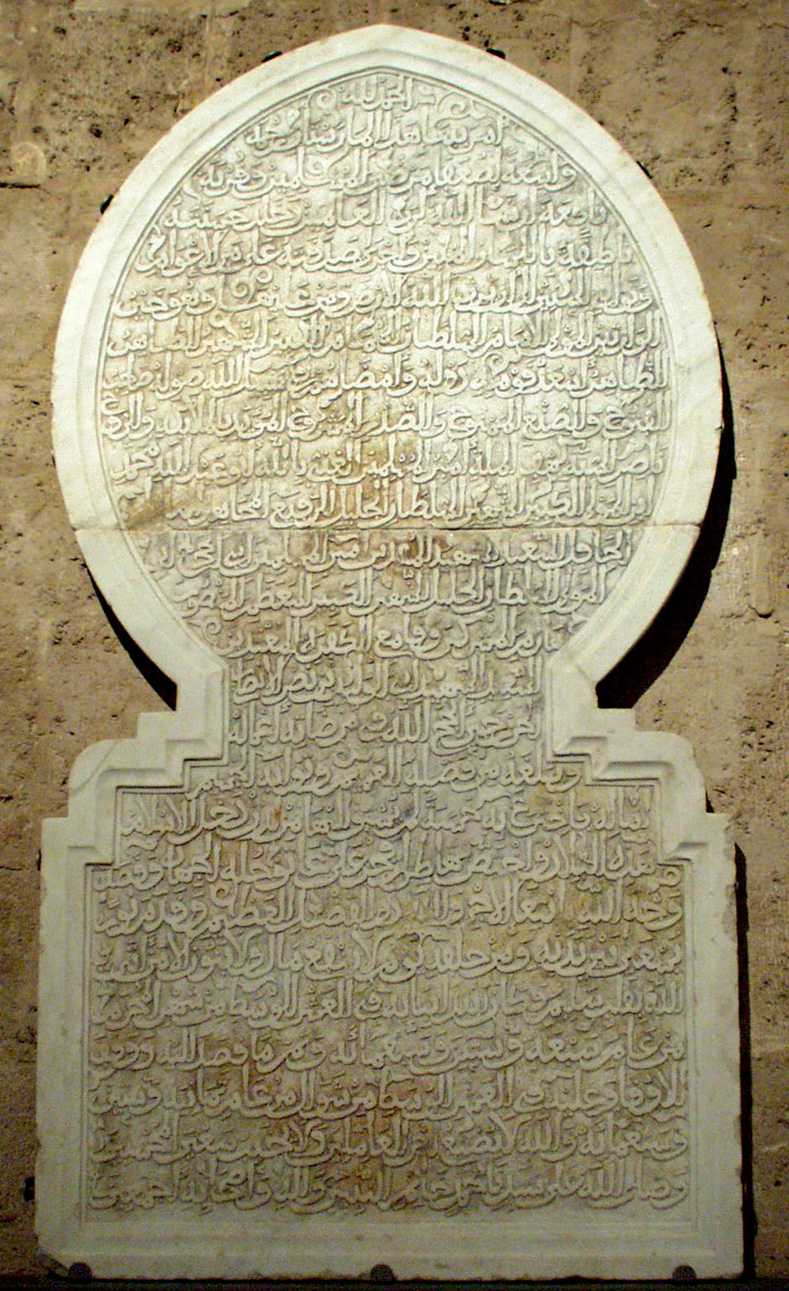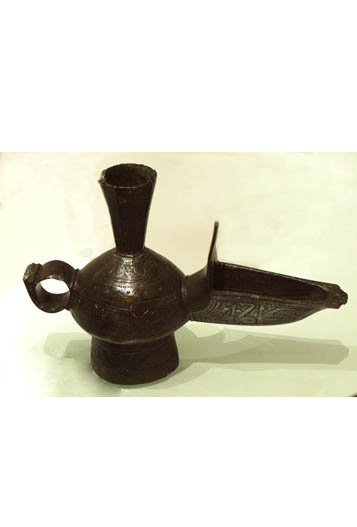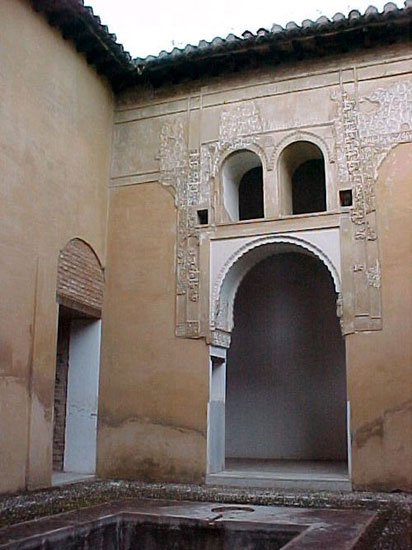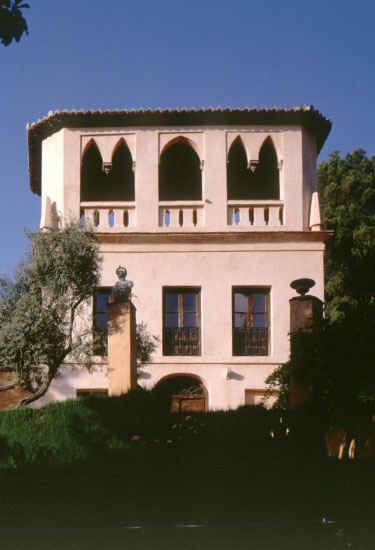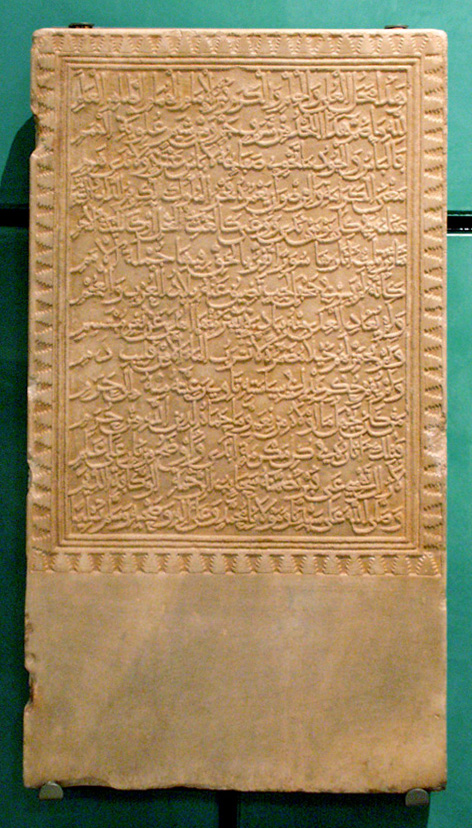Nasrid curtain. Fabrics.
Visiting hours: Every Saturday of March, at 12 a.m.
Place: Room VII, Museum of the Alhambra, Palace of Charles the V.
The elaboration of fabrics is one of the most ancient manufactures of the human being, but beyond the initial need to make articles for clothing and clothes for the conditioning of the home, in the Nasrid court, the textiles turn into a real object of luxury and pomp.
Following the ancient Egyptian and Persian traditions and introduced the al-Andalus technique across the Omeyas dynasty, it will be in the Nasrid period, when the Spanish Muslim fabrics lives its peak and splendour. In a period in which the textile activity starts entering in a decadence due to the pressure of the Italian manufactures, the silk fabrics of Granada shines for its quality and its delicate confection.
An example of the pieces that are done at this moment is the Nasrid curtain, object of the conferences of April. This curtain continues the prototype of the fabrics of this period, characterized by the technique and the formation of bands of different measurement with geometric decoration, epigraphy and / or vegetable. In this case, the star of eight points and the lobulates forms gains protagonism in silver, blue, yellow and a red colour composition.
Through this object, the textile centers and the routes of silk trade; the traditional forms of confection; the decorative similarities between the fabrics and other decorative arts like the plaster-works or the tiling ones; the importance of the famous silk of the Alhambra; the use of textile elements in the external walls surface and in the furniture as an element of the domestic trousseau of the Nasrid court, will be known.
The comparison with contemporary fabrics, present in the Museum of the Alhambra and in other centers and institutions and its later influence in the Christian confections, will complete a panorama that will bring the visitor near, to what is probably one of the less known manufactures about the Spanish Muslim art.





 Contact
Contact






